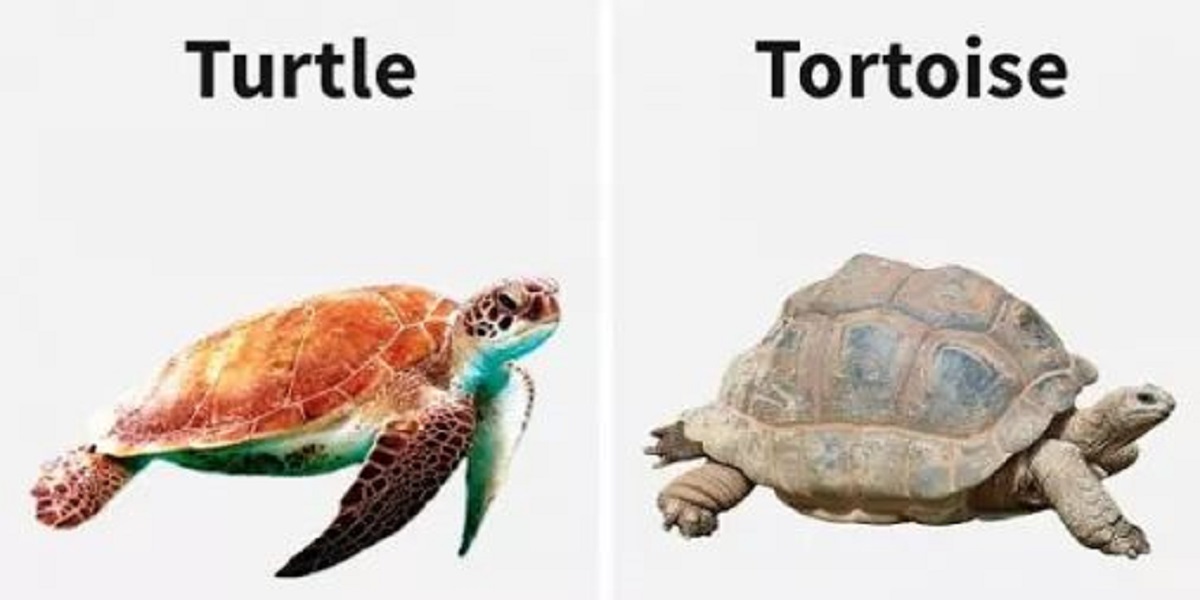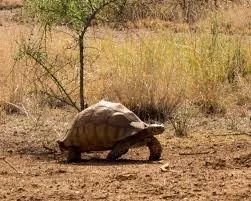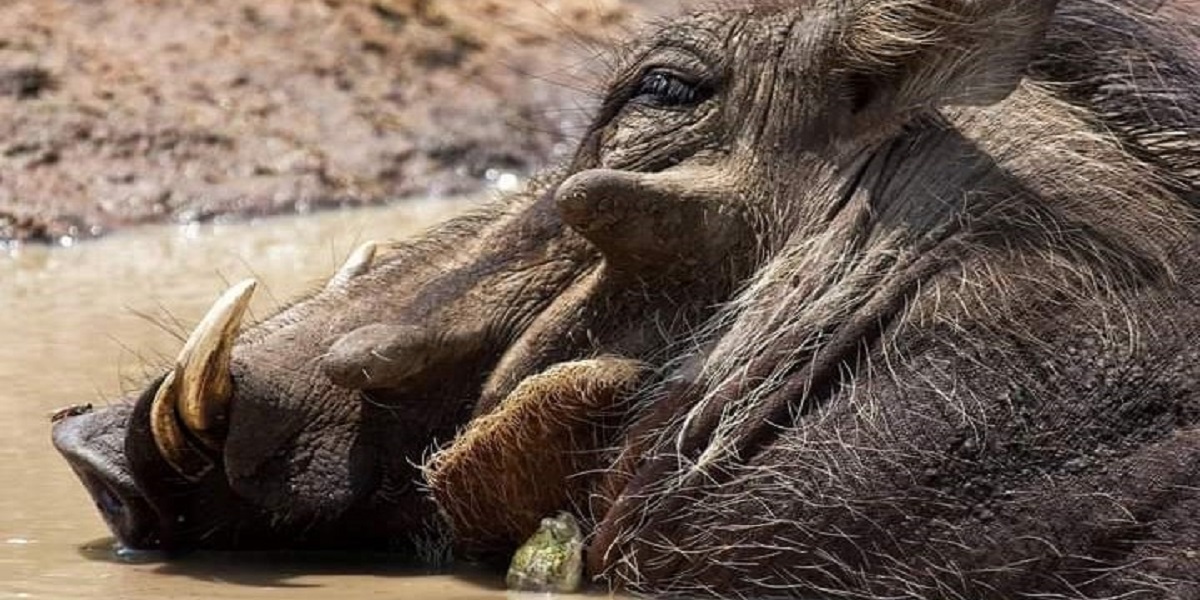
Turtles or Tortoises animals can be described as ‘reptiles in a shell’, but it’s easy to distinguish between a turtle or tortoise based on their appearance. Tortoise and Turtle Shells are very different.
There are two descriptions of their shell, perfectly designed to survive their different lifestyles, and they are:
- Land tortoises they are high-domed — look higher or some can be bumpy and this is to protect them from the predator’s jaws.
- Turtle shells are flatter and smoother and this is because they have to be more streamlined to move through water, and the soft-shelled turtles have the softest shells because they have to hide themselves in mud.
‘Chelonians’ is the word used to call turtles and tortoises. Chelonian’s necks are longer (they can stretch them) and more flexible than in other reptiles as they have to stretch and bend to reach their food., but not only that, just because they move slowly does not mean they are weak. Chelonians have extra-strong limb muscles — which they need to push them through water or over land.

The third biggest tortoise in the world is found in Africa — one of the world’s three largest tortoises — the African spurred tortoise.
African Helmeted turtle General facts

The African helmeted turtle is a good boy — this species naturally occurs in fresh and stagnant water bodies throughout much of Sub-Saharan Africa, and in southern Yemen.
It often eats parasites found on hippos, Cape buffaloes, warthogs and rhinos when in water.
- See its little head munching the parasites on a relaxing warthog.

